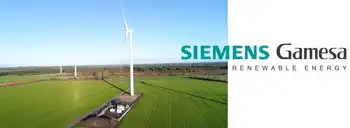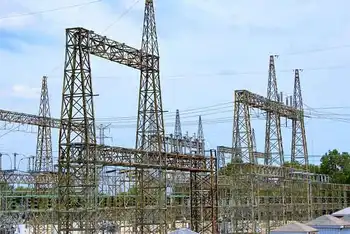China tests thermonuclear fusion reactor
BEIJING, CHINA - Chinese scientists made their first successful test of a thermonuclear fusion reactor, raising the energy-hungry country's profile in the new but uncertain technology that promises clean power, state media reported.
Thermonuclear fusion seeks to generate power by joining nuclei of atoms together, releasing energy that can be tapped without producing greenhouse gases but creating a small amount of nuclear waste.
Scientists at the Chinese Academy of Sciences announced they had successfully tried a domestically developed fusion device in the eastern Chinese city of Hefei, Xinhua news agency said.
The scientists called the device "the first of its kind in operation in the world", but the report did not specify what tests it had passed.
Xinhua cited the scientists as saying that deuterium and tritium atoms had been fused together at a temperature of 100 million degrees Celsius for nearly three seconds.
The report did not specify whether the device, called Experimental Advanced Superconducting Tokamak (EAST), had succeeded at producing more energy than it consumed, the main obstacle to making fusion commercially viable.
Today's nuclear power plants employ fission, in which atoms are broken apart, not fused together. Scientists say fusion could potentially produce virtually unlimited, clean energy from readily available resources, such as seawater.
China is a partner in the International Thermonuclear Experimental Reactor (ITER) project, a 500-megawatt experimental reactor to be built in southern France.
The European Union, Japan, South Korea, Russia, the United States and India are also involved in the project, which will seek to mimic the way the sun produces energy.
China, pressed for energy sources as its economy grows by around 10 percent per year, has been increasingly turning to nuclear power.
It plans to spend about 400 billion yuan ($50.7 billion) on building around 30 nuclear reactors by 2020, about three times the number it already has in operation.
Related News

Siemens Energy to unlock a new era of offshore green hydrogen production
BERLIN - To reach the Paris Agreement goals, the world will need vast amounts of green hydrogen and wind will provide a large portion of the power needed for its production.
Siemens Gamesa and Siemens Energy announced today that they are joining forces combining their ongoing wind-to-hydrogen developments to address one of the major challenges of our decade - decarbonizing the economy to solve the climate crisis.
The companies are contributing with their developments to an innovative solution that fully integrates an electrolyzer into an offshore wind turbine as a single synchronized system to directly produce green hydrogen. The companies intend to…




